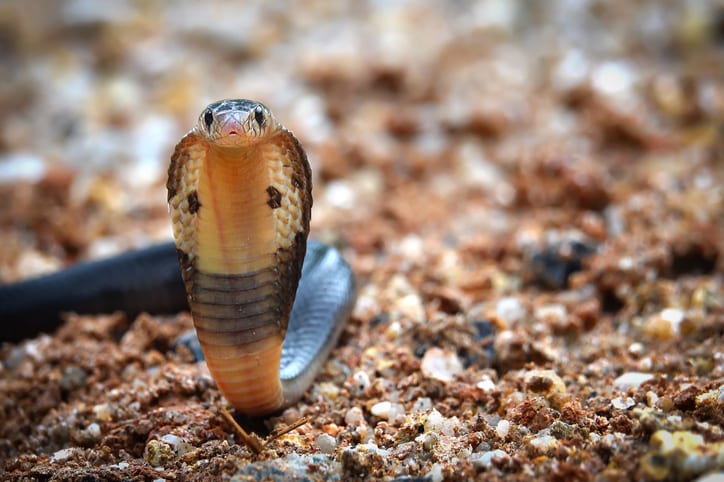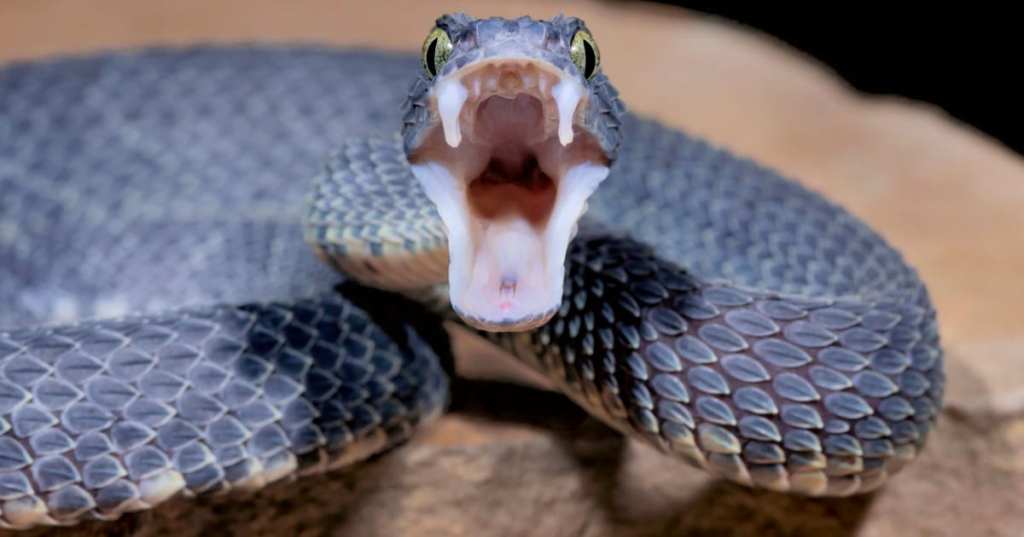Unless you’re a science fiction writer (or enthusiast), you probably don’t spend too much time thinking about what, exactly, humans might look like in the future.
Most of us probably assume they’ll look and act a lot like we do now, since evolution takes millennia to really change anything, anyway.
So, it’s probably going to come as a shock to most that scientists think evolution could include humans becoming venomous sometime down the road.

Image Credit: Pexels
Curious? Me, too!
It turns out that it all comes down to our salivary glands, which often eventually turn into venom glands in animals.
That was the thesis at the center of this study, in which scientists from the Okinawa Institute of Science and Technology Graduate University and the Australian National University sought to pinpoint how venom glands evolve in general.
“Oral venom systems evolved multiple times in numerous vertebrates enabling the exploitation of unique predatory niches.
Yet how and when they evolved remains poorly understood.”
To get to the bottom of things, the scientists studied groups of genes that are found in both venom release in animals and animals with venom glands, and according to their paper they found the same genes existed and worked in other animals with regular salivary glands, too.

Image Credit: iStock
Here’s what they found…
“…overall venom gland gene expression was surprisingly well conserved when compared to salivary glands of other amniotes.
We characterized the ‘metavenom network,’ a network of 3,000 non-secreted housekeeping genes that are strongly co-expressed with the toxins, and are primarily involved in protein folding and modification.”
We know that saliva glands are sort of like empty bowls, to be filled with regular saliva or venom, but the facts surrounding the why and when of venom production are still hazy and vague.
“While many snakes employ an oral venom system for securing prey, there are also mammals, such as shrews, and solenodons, that have evolved oral venom systems (based on salivary glands) for prey capture or defense.”
Given that there are thousands of venomous animals out there, but only a handful of mammals that could be considered a common genetic ancestor for humans – and the way their venom glands work is vastly different than those in reptiles.
“For instance, salivary tissue of most mammals produce large volumes of very dilute mixtures, while snake venom glands produce highly concentrated mixtures of diverse toxins.”
“In venomous snakes, gene families have undergone greater expansions, and have evolved at a significantly higher rate than in other lineages like mammals.”

Image Credit: Pexels
Now that we know that all venom traces back to salivary glands, though, scientists will be able to start exploring commonalities as well as differences – so you never know, maybe in the future venomous humans will be a thing.
I have to say, I don’t think I want to be around to see that.
How about you?






